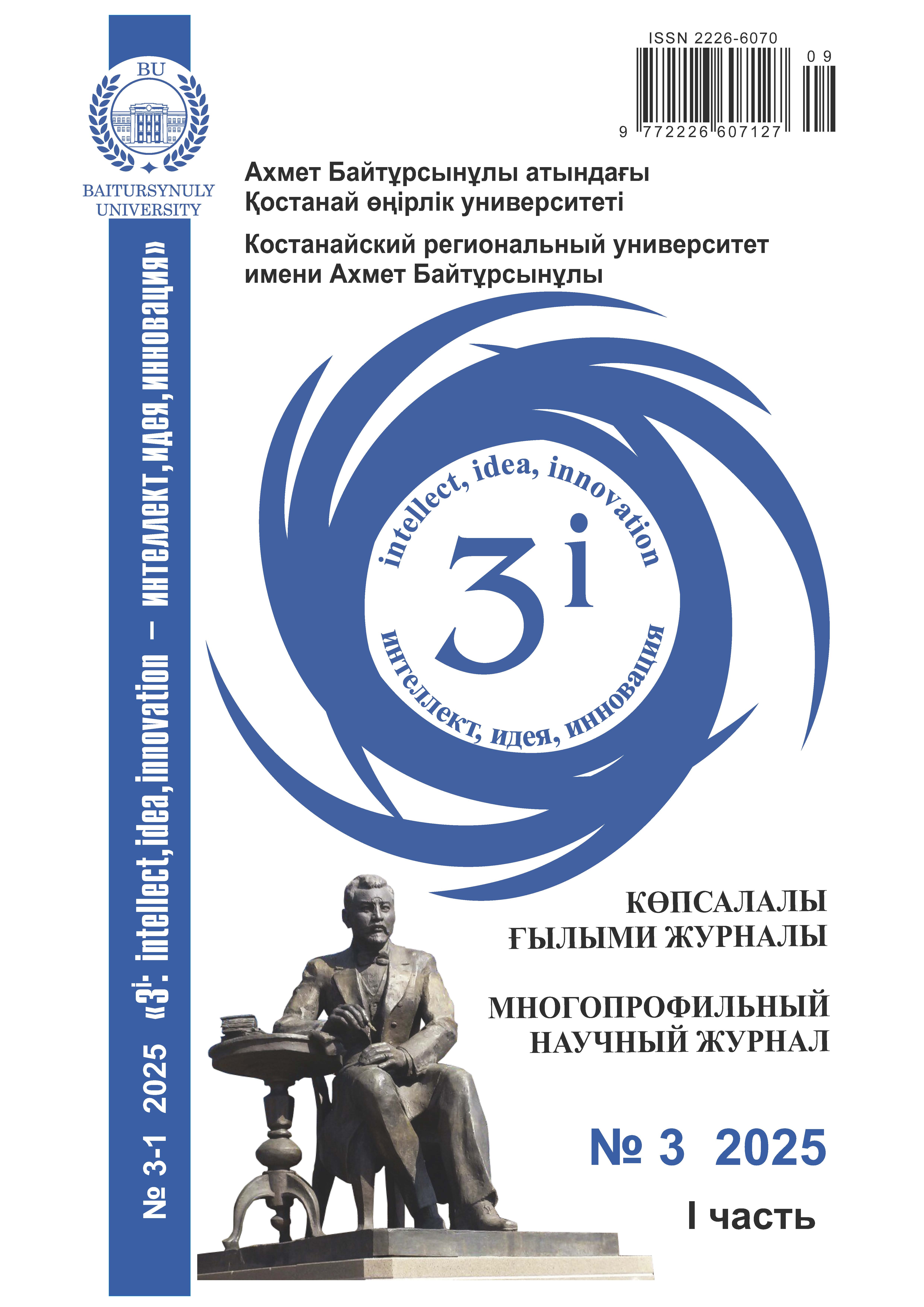SILICATE-ALUMINATE BASIS OF RESERVOIR BOTTOM SEDIMENTS AND THEIR AGROECOLOGICAL SIGNIFICANCE IN TEMPERATE CLIMATE CONDITIONS
DOI:
https://doi.org/10.52269/KGTD2531309Keywords:
silicon content, aluminum content, bottom sediments, X-ray fluorescence spectral analysis, reservoirAbstract
The presented article discusses the results of studies on the bottom sediments of the coastal zones of the Verkhnetobolskoye and Karatomar reservoirs located in the Kostanay region. During the winter period, methods for sampling bottom sediments and water from beneath the ice cover at subzero temperatures were tested, which ensured the accuracy of the data obtained. It was found that the main chemical components forming the structure of the bottom sediments are silicon and aluminum oxides. These findings confirm the conclusions of previous studies devoted to freshwater ecosystems of the temperate climate zone. The results fully comply with the recommendations of the UNECE Guidelines on Monitoring and Assessment of Transboundary and International Lakes. The obtained data can be used as a reference base in the assessment of the quality of bottom systems, as well as for the development of methodological approaches for environmental monitoring, including toxicity assessment and express analysis of solid-phase components using X-ray fluorescence spectroscopy. Additionally, considering the agricultural profile of the region, the studied bottom sediments are of interest as a potential source of organo-mineral fertilizer. Their composition and structure allow for the consideration of safe secondary use for improving soil fertility, reclamation of disturbed lands, and replenishment of nutrient deficiencies in agrocenoses.




